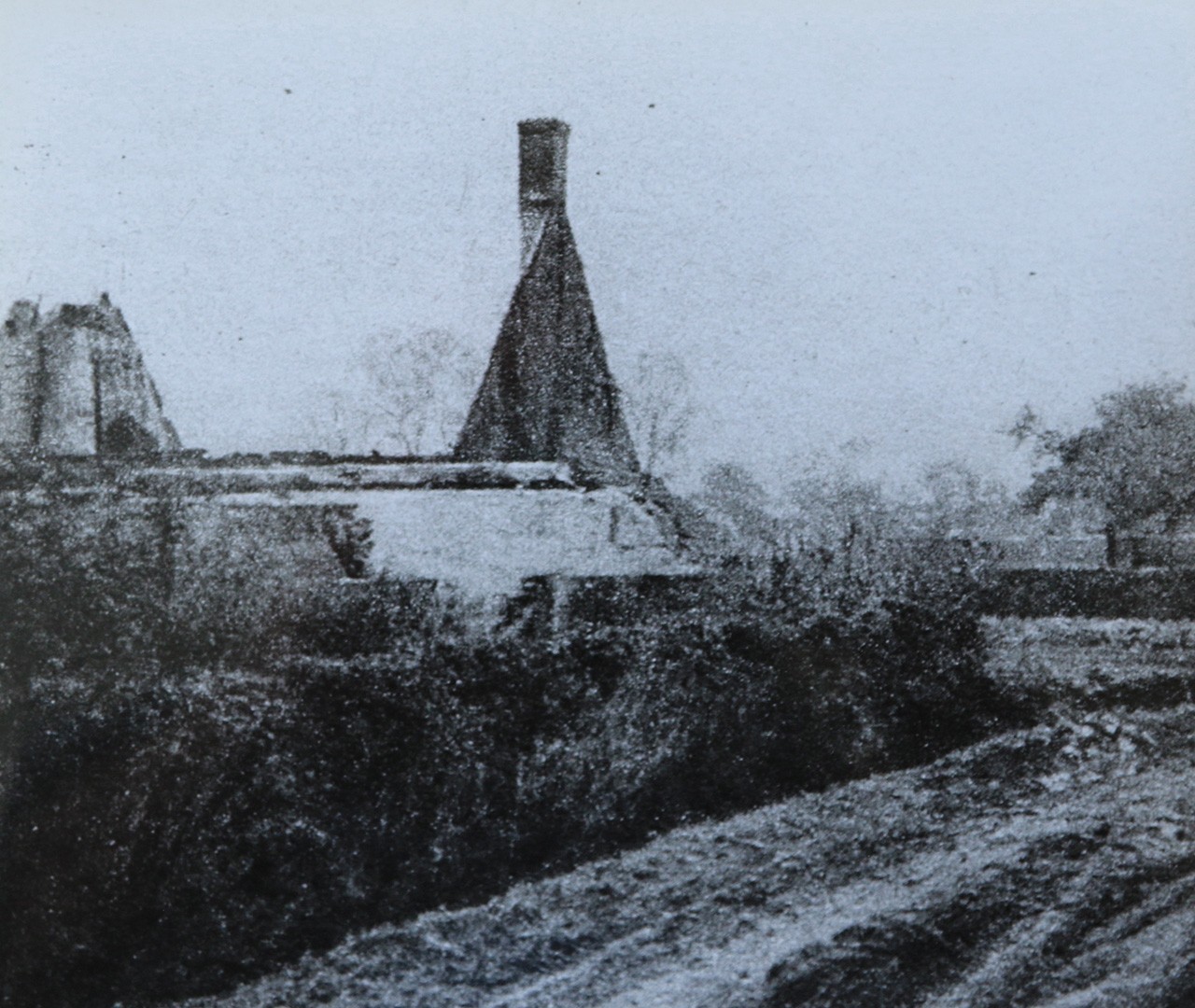Silence before the storm
October 1944. In the north-east of the province of Antwerp, the German army was trying to hold out. The British 49th Infantry Division 'Polar Bears' was preparing to capture Wuustwezel. The Germans waited: will their weak defences hold?
Regular bombardments by British artillery and aircraft were a harbinger of what Wuustwezel was facing. Frightened, the inhabitants who had not yet fled held their breath.
The battle erupts
On 20 October, the British advanced. They broke through the German lines and captured Wuustwezel village. A tank brigade drove north, ready to push on to Nieuwmoer (Kalmthout) and Essen. The Germans in Loenhout were surrounded. From Gooreind they retreated during the night.
But Hitler did not want his army to retreat.He wanted to push through again to strategically important Antwerp and drive a wedge between the British and Canadian armies. Therefore, his soldiers regrouped in the Dutch town of Wernhout. On 21 October, they unexpectedly struck back hard.
A sad balance sheet
22 October: after two days of heavy fighting, the Germans counterattacked in the evening. They retreated or surrendered. The next day Wuustwezel was liberated!
The price of victory was high. Both armies counted dozens dead, wounded and missing. Many residents of Wuustwezel also paid a heavy price: family members dead or wounded, their homes destroyed.
